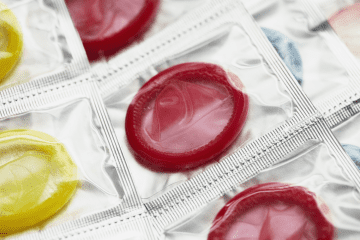Among the many laudable initiatives for which Bill Gates is donating a lot of money (including HIV and malaria vaccine research and artificial clouds to fight greenhouse gases), there’s also a prize for developing better condoms.

Because current latex varieties can dull sensation, Gates encouraged entrepreneurs to create a condom that “significantly preserves or enhances pleasure, in order to improve uptake and regular use.” Personally, I think this is a brilliant idea – it’s easy to underestimate the impact that this has, especially among teenagers and youngsters. It’s something that for some reason, society chooses to ignore, but improved condoms could prevent numerous unwanted pregnancies and halt the expansion of STDs.
The winners of the contest were announced today, and the Gates Foundation will be disbursing $1 million total for the development of the winning ideas. As was expected, most of the ideas came in one form or another of polymers, polyethylene being the most sought material.
However, some were a little more creative and found inspiration elsewhere – a San Diego-based medical technologies company will be using its $100,000 grant to develop condoms made out of collagen extracted from cow tendons. Apparently, it feels much better than traditional latex condoms.
“A lot people are trying to get stronger and thinner material—that was always my focus,” grant winner Mark McGlothlin told The New Republic. “But the texture of collagen is very much like the mucous membrane: The feel of it, the heat transfer of it, and to the touch, it feels very much like skin.”
So, would you try it?






